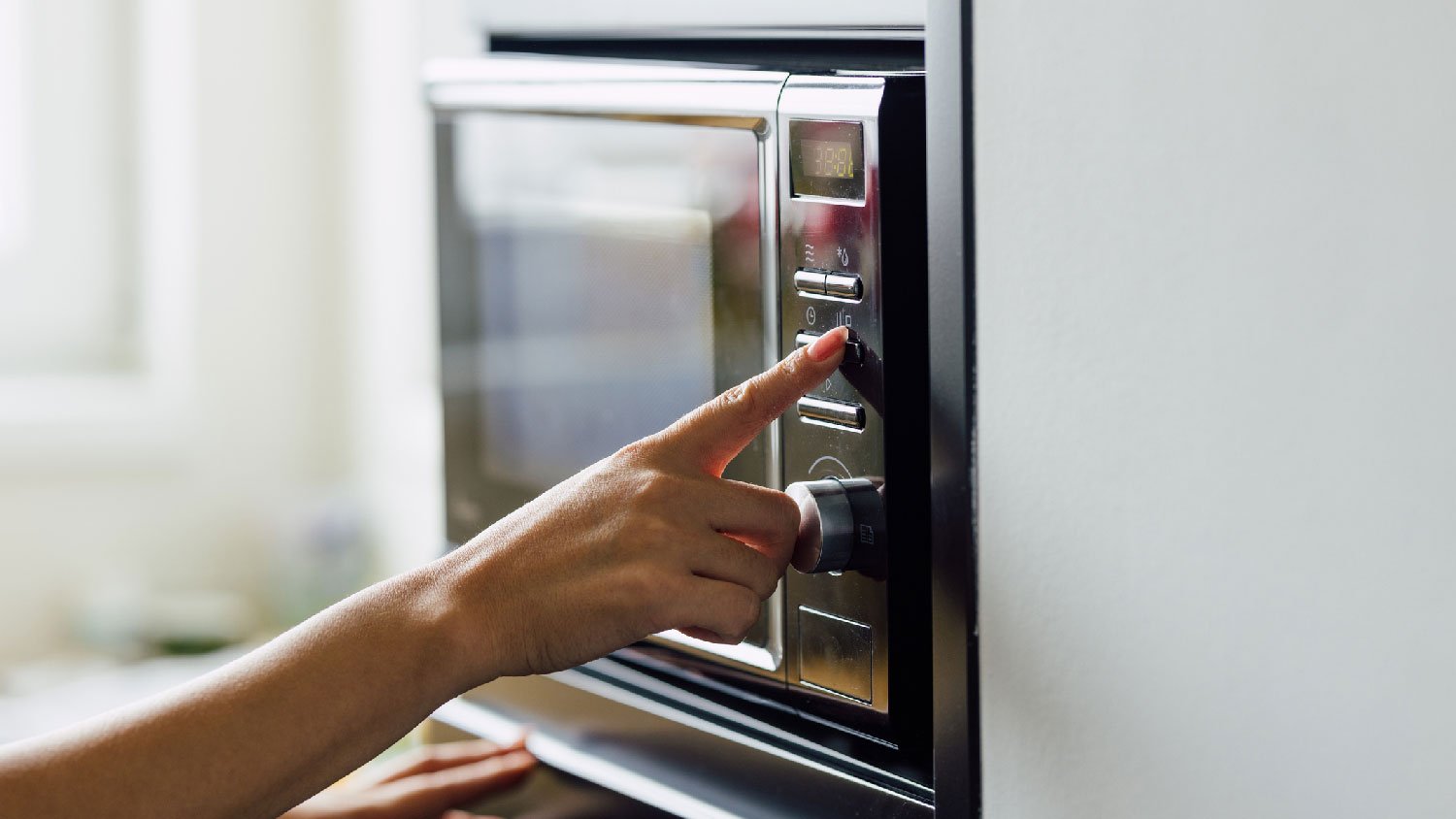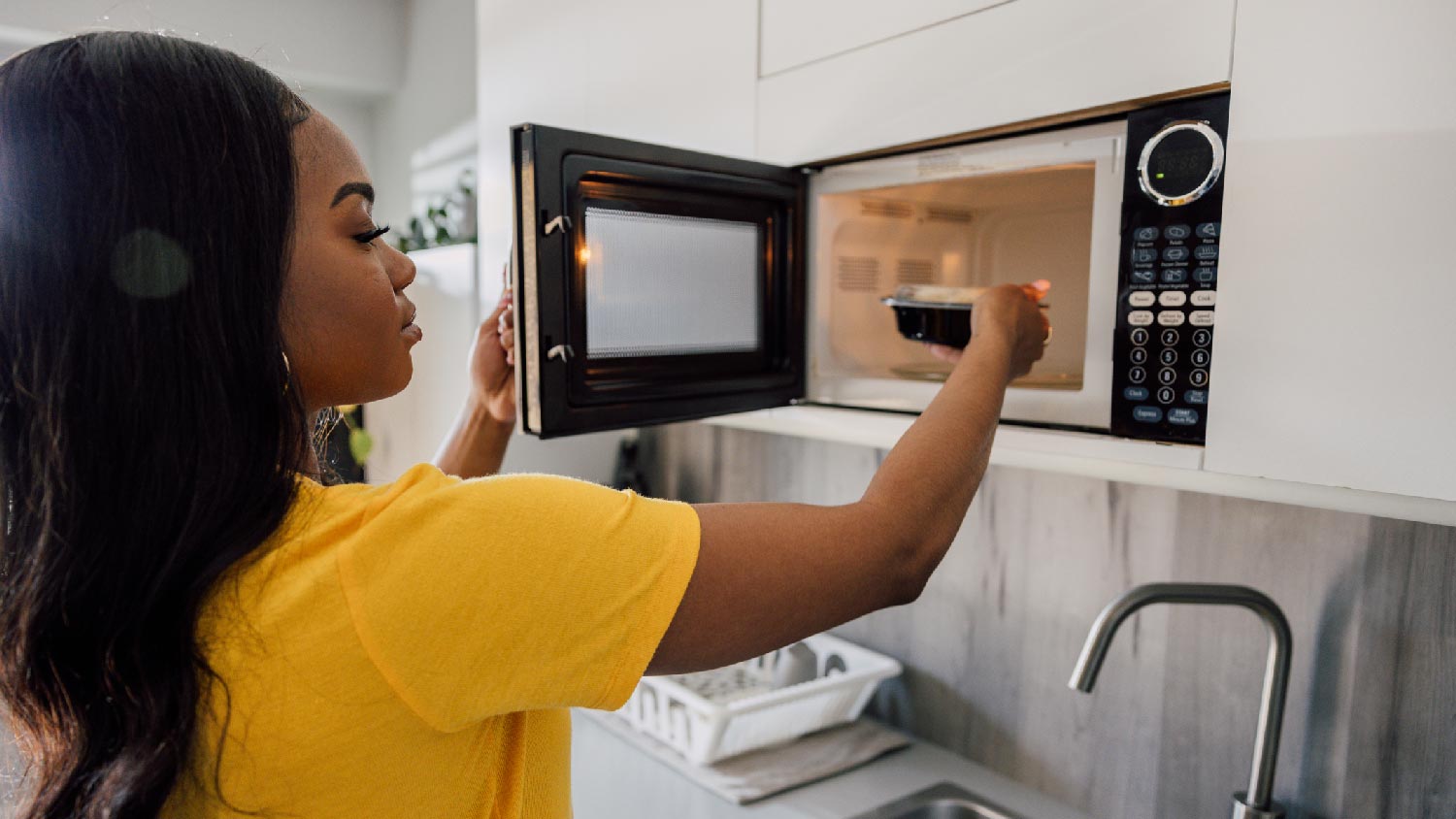6 Problems That Cause a Refrigerator to Stop Working
If your fridge has no chill (literally), there are a few common reasons why


As soon as a refrigerator stops getting cool, it’s a race against time to save all those groceries you just bought.
If you’ve noticed a problem with your refrigerator, you need to take immediate action to deal with the issue, and the first thing to do is diagnose what’s wrong. Generally, a broken refrigerator can be narrowed down to the following six trouble spots.
1. The Electrical Source Is Gone
Telltale sign: When you open the fridge door, the light doesn’t come on. That's a sign power has been cut off to the appliance.
This may sound basic, but first check to see that the fridge is plugged in. And if it is, make sure it’s actually getting power.
Sometimes, the issue really is this simple, so don’t overlook it. Perhaps you nudged the fridge while cleaning and it became unplugged. Or, if it is plugged in, there might be something wrong with the outlet.
2. The Thermostat Is Broken or Needs Adjusting
Telltale sign: The fridge is somewhat cool and clearly operating, but not as cold as you would like.
Your fridge has its own thermostat that can be adjusted up or down based on your preferences. Check the thermostat to make sure someone didn't accidentally turn it all the way down, resulting in a lukewarm fridge that sucks up all the energy. And if the thermostat isn't working, you can order replacements online.
3. The Condenser Coils Are Clogged
Telltale sign: You notice a gradual decrease in the refrigerator's cooling capacity over time.
Condenser coils are situated either underneath the fridge or at the back, and their purpose is to turn the refrigerant from a gas to a liquid, cooling the interior. If they get clogged, they won't work properly.
Sometimes simply cleaning your refrigerator coils can solve the problem. They may be tough to access without pulling the fridge out from its recess or removing the kickplate from the front. It shouldn't take long to clean them with a vacuum or cloth. And remember: always unplug appliances before messing with their insides.
4. The Evaporator Coils Are Frozen Over
Telltale sign: There’s ice or frost buildup on the sides, ceiling, or floor of the appliance.
The evaporator coil works hand-in-hand with the condenser coil, but it has a different function. Usually located at the back of the freezer, the evaporator coil removes heat and circulates cool air using fans.
Sometimes, frost builds up on the evaporator coils. This can actually raise the temperature throughout the fridge, giving your leftovers freezer burn. You'll have to remove the back panels to get to and clean the coils.
5. The Condenser Fan Is Stuck
Telltale sign: The fridge seems to run inconsistently or suddenly stops working.
For refrigerators with condenser coils on the bottom, there should be a condenser fan toward the back. This fan needs to spin freely for the refrigerator to cool properly, so check to see if it is stuck.
Unplug the fridge and pull it out from its recess so you can inspect the fan and see if it will spin by hand. If everything looks fine, plug the fridge in and see if it starts running. If it doesn't, this is your issue.
6. The Evaporator Fan Is Frozen Over
Telltale sign: You may notice a screeching sound that gets louder when you open the freezer door.
The evaporator fan is usually located at the back of the freezer with the evaporator coils, circulating the air as the coils work to remove heat.
As with the evaporator coils, you will need to unplug the fridge and remove the cover inside the freezer to get at the fan. If it is caked in frost, you'll need to pull it out and thaw it.
Other Causes for a Broken Refrigerator
Sometimes, the causes are more nuanced or more difficult to fix than the ones cited above. And even if one of the above issues is causing your fridge not to get cool, the fix may be less obvious. For example, issues with the evaporator coils and fan becoming covered in frost may have to do with a faulty thermostat.
Also, you may be facing more complicated issues with other parts than the ones listed here, such as the compressor or motor.
When to Hire a Pro
Before you try to tackle these problems on your own, have a professional look at your fridge first. They may be better able to diagnose the problem, and you may be surprised at how low the price is to repair your refrigerator, saving you the trouble of having to do it yourself.
Find a refrigerator company near you and describe your situation to them. They may be willing to take a look for free.




- Window A/C Repair
- Microwave Repair
- Small Appliance Repair Services
- Garbage Disposal Repair
- Emergency Appliance Repair Companies
- GE Appliance Repair
- Samsung Appliance Repair
- Samsung Microwave Repair
- Whirlpool Repair
- Maytag Appliance Repair
- Kitchenaid Mixer Repair
- Kenmore Appliance Repair
- Kenmore Vacuum Repair
- Bosch Appliance Repair
- Kenmore Refrigerator Repair
- LG Appliance Repair Services
- GE Microwave Repair
- Electrolux Appliance Repair
- Electrolux Vacuum Repair















